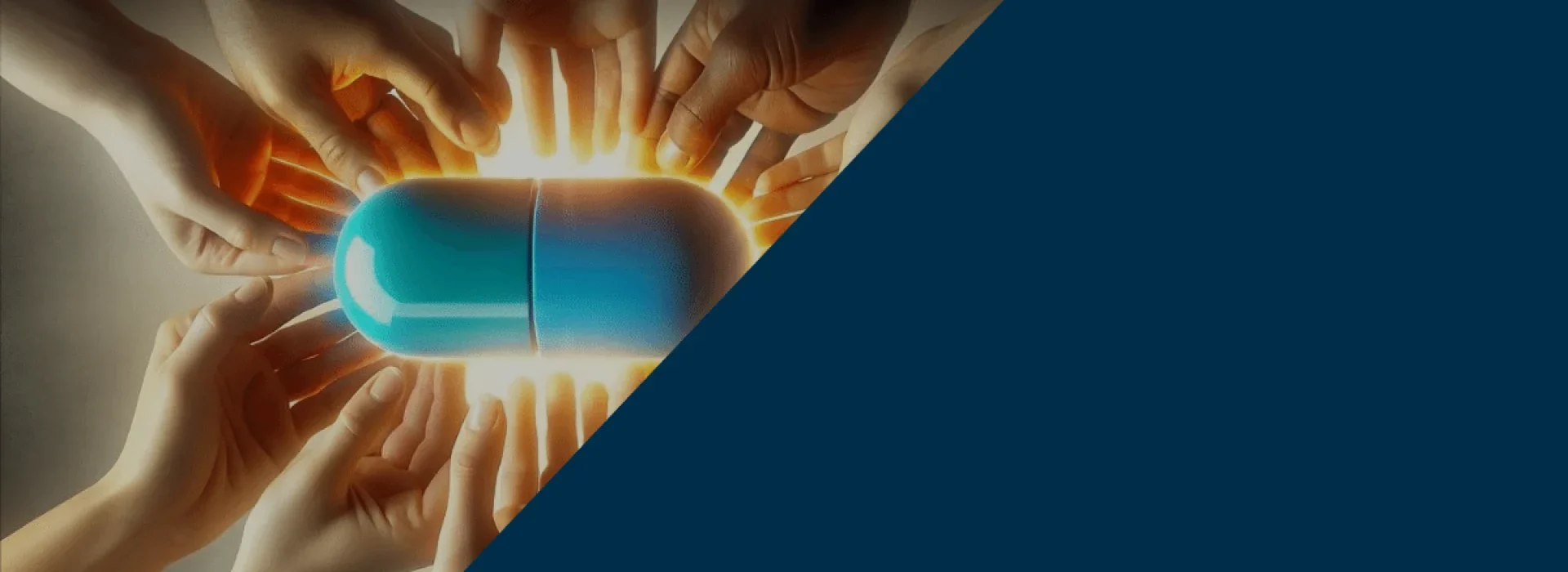In the complex ecosystem of healthcare, where the stakes involve life itself, the emergence of counterfeit pharmaceuticals as a global threat raises a critical question: who is ultimately responsible for keeping patients safe? While the integrity of pharmaceuticals is a cornerstone of patient safety, the reach of counterfeit medications across the globe challenges us to re-evaluate the roles and responsibilities within the healthcare supply chain.
The World Health Organization (WHO) has flagged counterfeit medications as a significant global issue, with estimates suggesting that up to 10% of medicines worldwide might be counterfeit, skyrocketing to 30% in some regions. The risk posed by counterfeit pharmaceuticals ranges from ineffective treatments to life-threatening complications, making the detection and prevention of such products paramount.
One might argue that the pharmaceutical companies, with their resources and expertise, are best positioned to lead the charge against counterfeits. After all, ensuring the authenticity of their products from production to patient should be a fundamental operation. Innovative technologies such as AI offer promising solutions to trace and verify the legitimacy of drugs throughout the supply chain, potentially outsmarting counterfeiters at their own game. But is the burden theirs alone?
Consider a scenario where counterfeit goods are shipped from ASIA to the US. The question arises: Who should be responsible for this? Some argue that manufacturers should verify their products’ authenticity, but this view doesn’t fully account for the role of distributors, who often profit by bringing in these fakes. For instance, if a distributor unknowingly imports counterfeit medications, they still make a profit, while the costs of dealing with these fakes could fall on the government or the original manufacturers.
Regulatory bodies and governments play a crucial role in establishing and enforcing standards and regulations to safeguard public health. Their authority allows them to implement measures that can significantly deter counterfeiters. However, regulations vary significantly across borders, and the effectiveness of enforcement can be inconsistent. In regions where oversight is weaker, counterfeit drugs proliferate, posing risks not just locally but also to travelers unaware of the dangers.
Healthcare providers are on the frontline, directly interacting with patients and medications. Their position enables them to be vigilant observers and educators, potentially identifying and warning against counterfeit medications. Yet, without the tools to verify authenticity or the knowledge of the prevalence of counterfeits, their ability to protect patients is limited.
Patients themselves, often the most vulnerable and least equipped to identify counterfeit medications, are thrust into a situation where they must trust the integrity of the drugs they consume. Educating patients on the risks of counterfeit drugs and empowering them to ask questions about the source of their medications can be a vital step in patient safety. But again, the question arises – should the onus be on them?
The answer to who bears the ultimate responsibility for protecting patients from counterfeit pharmaceuticals is not straightforward. It’s a shared responsibility, requiring a multifaceted approach that involves pharmaceutical companies, regulatory bodies, healthcare providers, even distributors and finally patients themselves. Each stakeholder in the healthcare ecosystem must play their part, with pharmaceutical companies innovating to stay ahead of counterfeiters, governments enforcing strict regulations, healthcare providers educating and being vigilant, and patients being informed and cautious.
Safeguarding against counterfeit pharmaceuticals is a collective battle, one that demands collaboration, innovation, and vigilance from all corners of the healthcare system. Only through a united front can we hope to protect patients from the dangers of counterfeit medications, ensuring the safety and integrity of the pharmaceuticals upon which so many rely.


